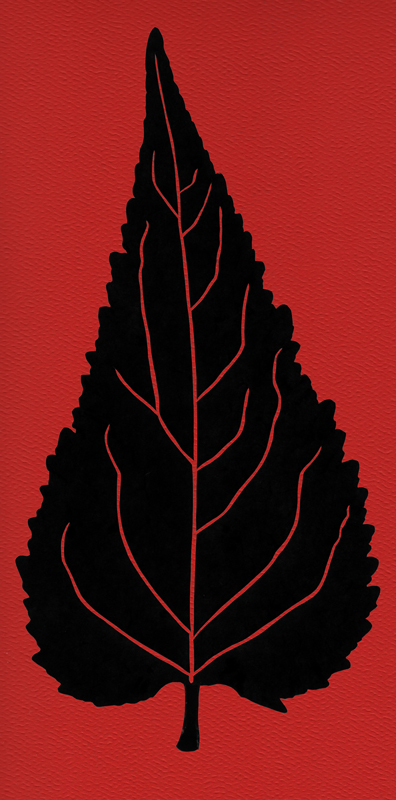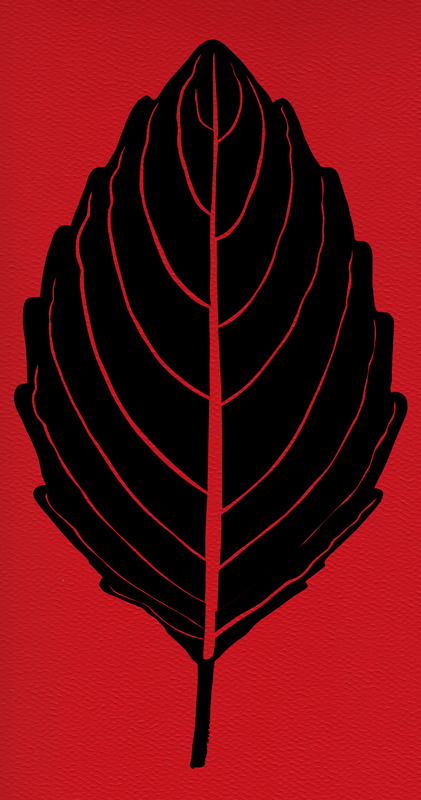 Continuing on with the study of plants in my yard, I decided to use the leaf of the Creeping Bellflower mainly because it is a large striking leaf.
Continuing on with the study of plants in my yard, I decided to use the leaf of the Creeping Bellflower mainly because it is a large striking leaf.
The violet blossoms are nice looking and unusual in the fact that all of the blossoms are on the same side of the stem.
After doing this, I realized that just cutting out leaves on their own is actually kind of boring.
I had collected leaves from a few other plants, but decided that if I am going to spend time cutting them out, I need to present them in a way that is elevated beyond what I am doing here, otherwise they are no more than an elementary trace and cut project.
For that reason, I have decided to stop until I have the time to develop something unique.
Monthly Archives: July 2013
 I spent July 4th walking through an industrial section of Chicago that is most likely going to be re-purposed into a park over the next year. While there, a good friend and I were discussing that the difference between ‘native’ vs. ‘invasive’ vs. ‘non-native’ is so vague and open to interpretation that even different branches of the local government place the same plant into different categories.
I spent July 4th walking through an industrial section of Chicago that is most likely going to be re-purposed into a park over the next year. While there, a good friend and I were discussing that the difference between ‘native’ vs. ‘invasive’ vs. ‘non-native’ is so vague and open to interpretation that even different branches of the local government place the same plant into different categories.
The conversation, that carried over a few days, left me with the idea of looking into the plants that grow in my own yard.
I decided that maybe documenting the plants common to me would be a good exercise in, if nothing else, learning to draw new kinds of leaves for my paper cuts.
I started with one of my favorite plants that grows here; Spotted Touch Me Not.
The tiny orange, orchid like flowers attract bees that have to amusingly wiggle out backwards once they are done.
(assuming you have the patience to stand next to a plant and watch bees)
It almost always grows right next to Stinging Nettles. Coincidentally, if you do happen to get exposed to nettles, you can crush this plant and rub the excretions on the area to sooth the pain.
Symbiotic nature can be stunning. If you have never seen Deep Jungle: The Amazing Brazil Nut Tree, I highly recommend it.
It made quite an impact on me concerning the cooperative relationships of everything that is alive.
 I’m continuing to practice working with smaller dimensions…
I’m continuing to practice working with smaller dimensions…
This is 4″ x 5″.
The next few I attempt will be 4″ x 6″ because I’m afraid that I have sold out to the framing industries ideas of what is standard.